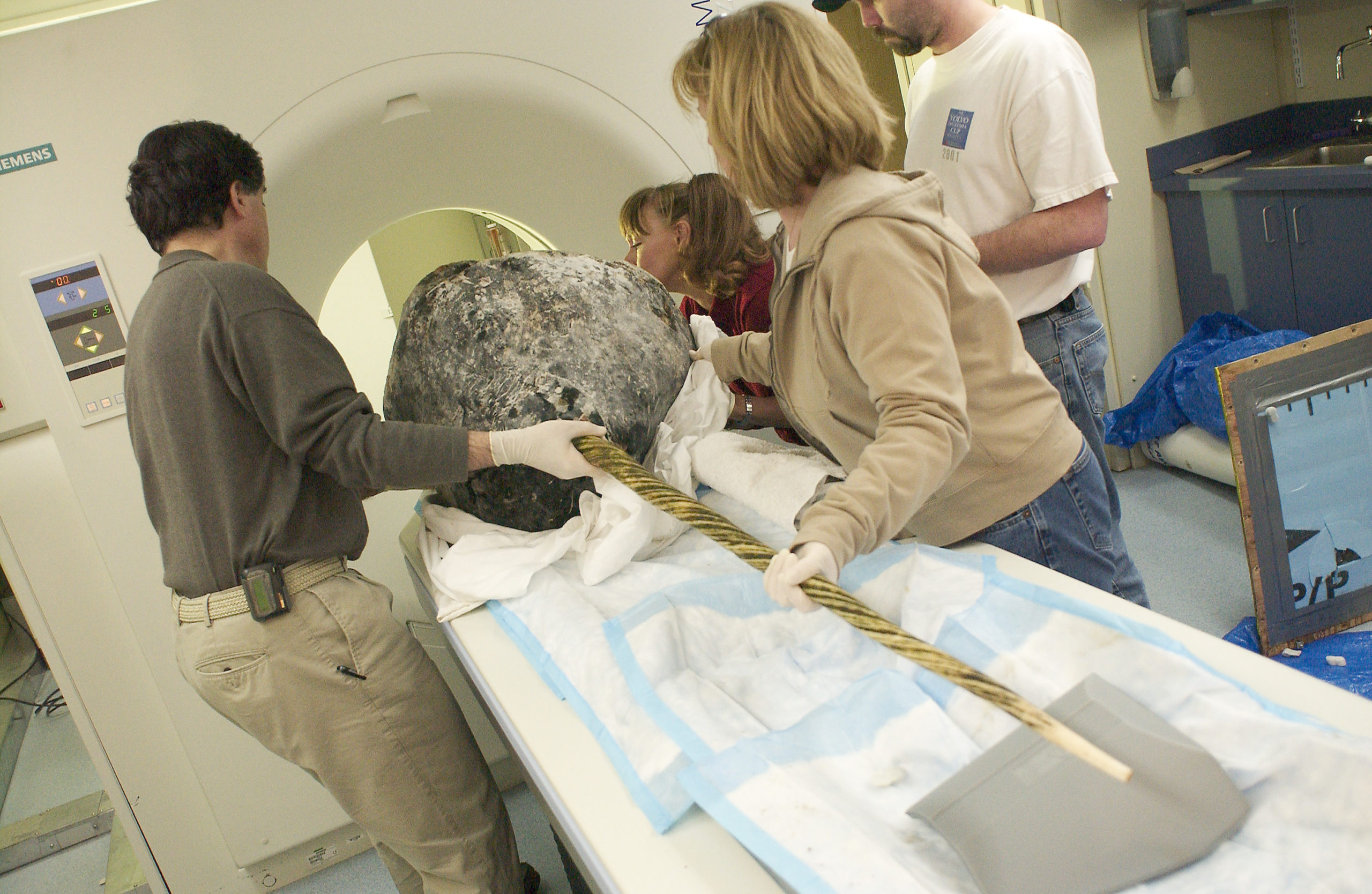Field Studies
Mammalian Chromosome Evolution
A species’ genome is an encyclopedia carrying the information needed for the growth, development, and function of an organism. Its transmission through generations is the principal medium of inheritance of organismal traits. The chromosomes are the basic organizational unit of a genome, much like each book of an encyclopedia set. By comparing genome features, such as genome size, gene content, regulatory features, and organization of genes on chromosomes, we can better understand how mammalian phylogeny, and the relationships between genome evolution and the emergence of novel phenotypes during evolution.
The advent of new sequencing methodologies and chromosome scaffolding methods led to a significant increase in the number of genome sequences available for the study of chromosome evolution in mammals. We can perform high-resolution analysis of evolutionary breakpoint regions and define ancient conserved homologous synteny blocks.
As a part of the Zoonomia project, we are using the genomes of more than 30 mammalian species to (a) infer the most likely genome structure of the ancestor of all mammals, (b) identify the genomic regions that were maintained intact or changed during the evolution of mammals, (c) gain insights into the mechanisms that are driving mammalian genome evolution, and (d) better understand the “rules of life”, that is, defining the relationship between chromosome rearrangements, speciation and adaptive traits.
Words & Story Joana Damas and Harris Lewin, University of California – Davis

Artwork Left: Meteor
by Bryan Coleman






